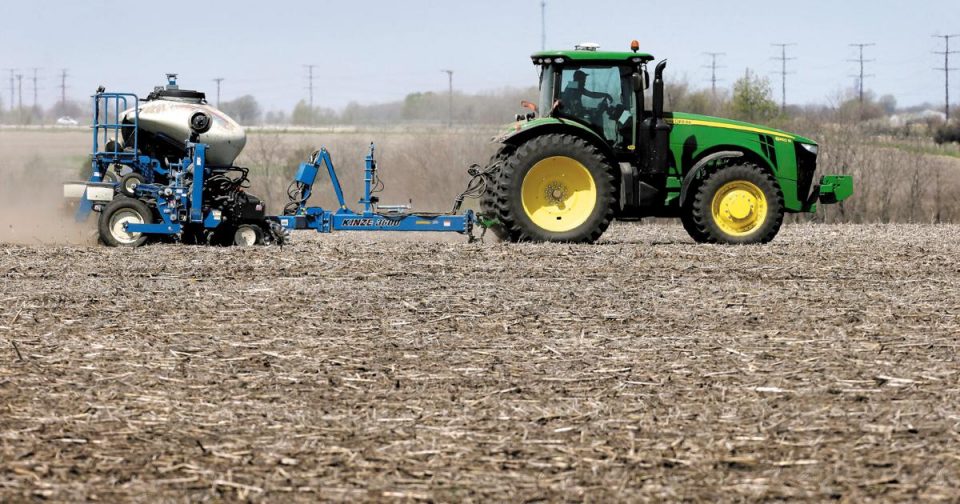The costs associated with farming operations dictate profits — and with current world issues, navigating the economic environment can be complicated.
Matt Stockton, agriculture economist at the West Central Research, Extension and Education Center, said supply chain and energy problems have increased production costs for farmers.
“Fertilizer is built or made from energy products,” Stockton said. “Ammonia and all that stuff is related to production of fertilizer, then you add the supply chain disruptions and the war and all kinds of things, then there’s less of it.”
With fewer products available that are used to make fertilizer, Stockton said that is going to drive fertilizer prices up.
“Last year in our TAPS program, we charged 32 cents a pound, let’s say; now it’s over 70 cents a pound,” Stockton said. “We’re going to charge 72 cents for our TAPS contest for one pound of nitrogen. That’s double. That’s huge.”
People are also reading…
TAPS — Testing Ag Performance Solutions — is a WCREEC program farmers can participate in to learn more about their own operations.
“The only good thing is the fact the corn markets and the soybean markets have also responded and so we have higher prices to offset some of those costs,” Stockton said. “In fact, those higher values are going to encourage people to use more fertilizer.”
Stockton said as long as corn prices are higher, farmers will be able to offset the higher production costs. However, he said, if corn stock builds or people quit buying it around the world, prices will drop.
“But I think carryover stocks are such that it shouldn’t drop too quickly,” Stockton said. “But who knows? War is declared in so-and-so, all of a sudden there’s no corn being shipped there, end of story.”
He said political developments could interrupt the process as well, and those things can’t be predicted.
“If I were a farmer, I would be thinking, all right, if the price is fairly good now, why don’t I lock some of that in, expecting it to maybe go up,” Stockton said. “But if it doesn’t go up and goes down instead, then I’ve got a safety net.”
Stockton’s philosophy is to sell your product while money can be made, because making money in the future is uncertain. Much like stock market trading, diversifying is a good idea for farmers as well.
“Now, if you’re waiting for that big price rise, you can do that with maybe some of your stocks,” Stockton said. “But the truth of the matter is, I would be more interested in, OK, if I can sell it for 5 to 6 bucks, whatever price I could get out of it now, and that’s going to make money, then wisdom says that I would do it.”
He said the concept is similar to landing an airplane.
“If you can walk away from it and not be dead, you’re good,” Stockton said. “That’s kind of what marketing is like. If you can walk away with some money in your pocket, it was a good landing.”
Farmers hope to sell their product at the highest point, but Stockton said knowing where that will be is difficult to predict. He said there is psychology associated with that concept.
“It’s called behavioral finance,” Stockton said. “Basically speaking, there are things in the way we think that keep us from selling when it’s safe.”
Not only can farmers lock in prices on their corn or soybeans, but they also can contract early in the season to lock in prices for fertilizer and fuel. Contracting with suppliers that way will protect against higher costs later in the year.
“If I estimate my cost at $4 a bushel and if I can sell my corn for $5 a bushel, even though that’s not the highest price in the market, I still make $1 a bushel,” Stockton said. “If I produce 200-bushel corn, that means I get $200 per acre more than my cost.”
Stockton emphasized that he was talking about profit and not about breaking even, but said farmers don’t necessarily need to wait and sell at the peak prices to be able to make money.
“Breaking even was at $4, but at $5 I’ve got $200 per acre and I have 1,000 acres,” Stockton said. “That means I’ve got $200,000 over and above my costs.”


